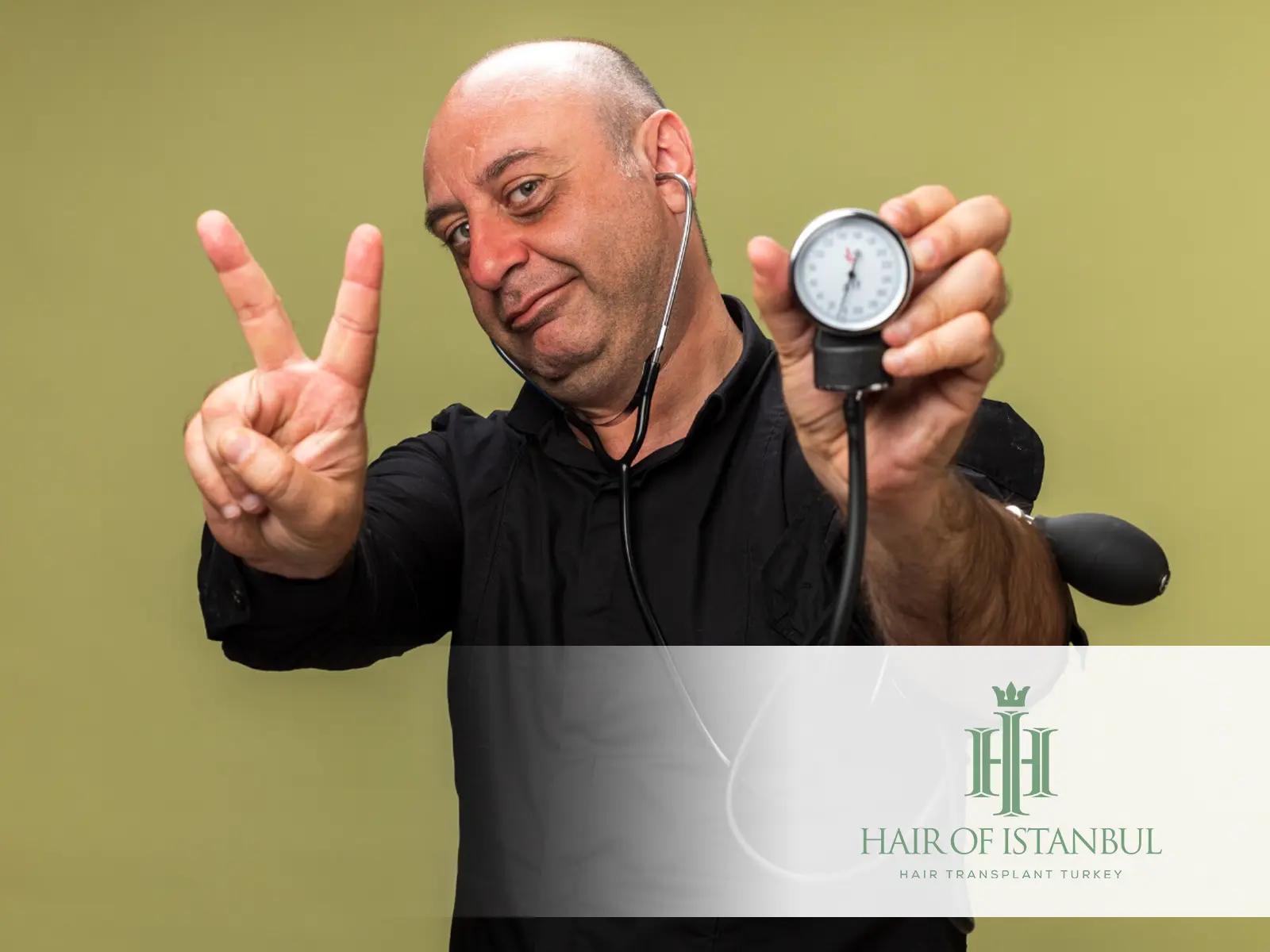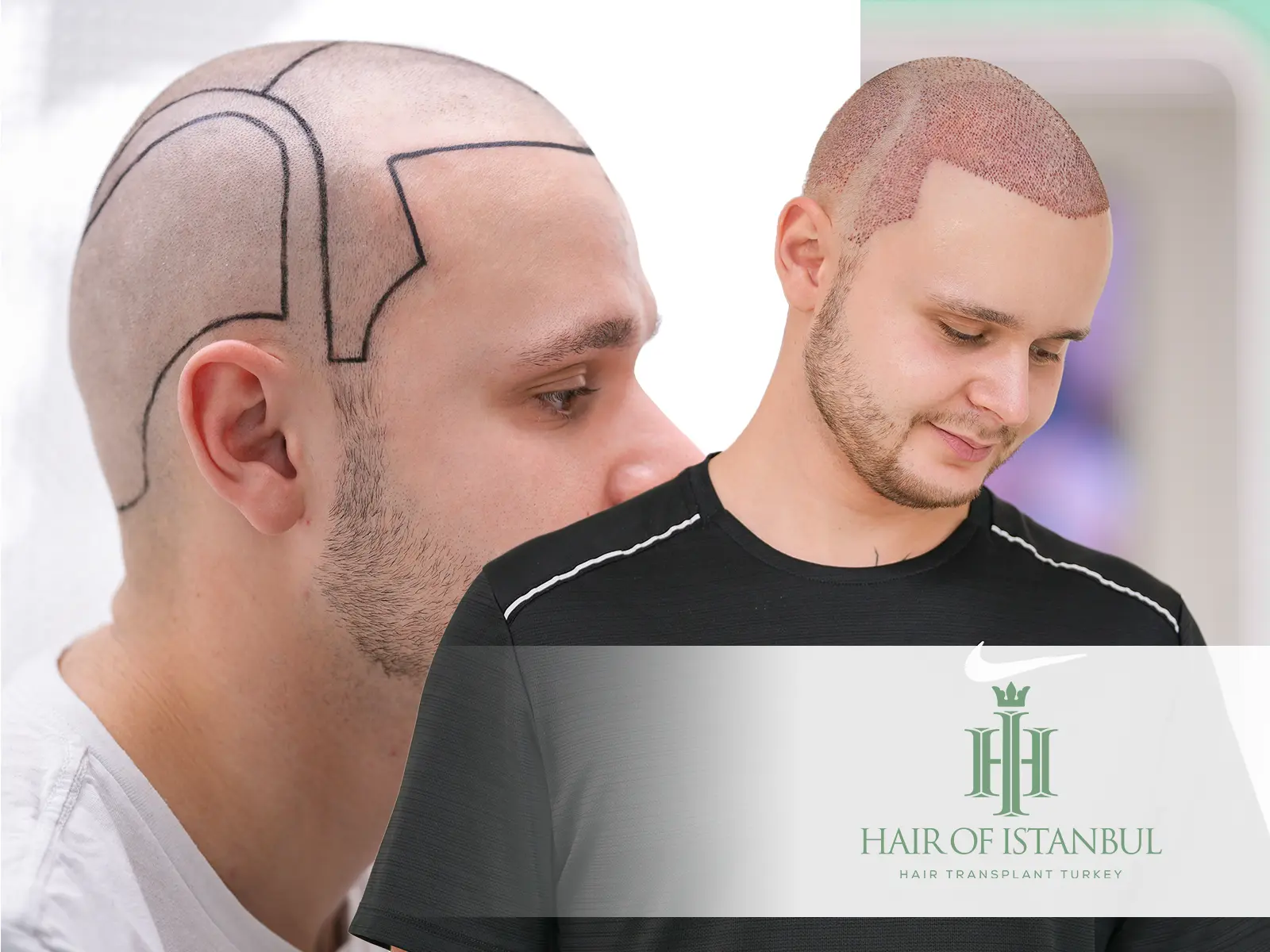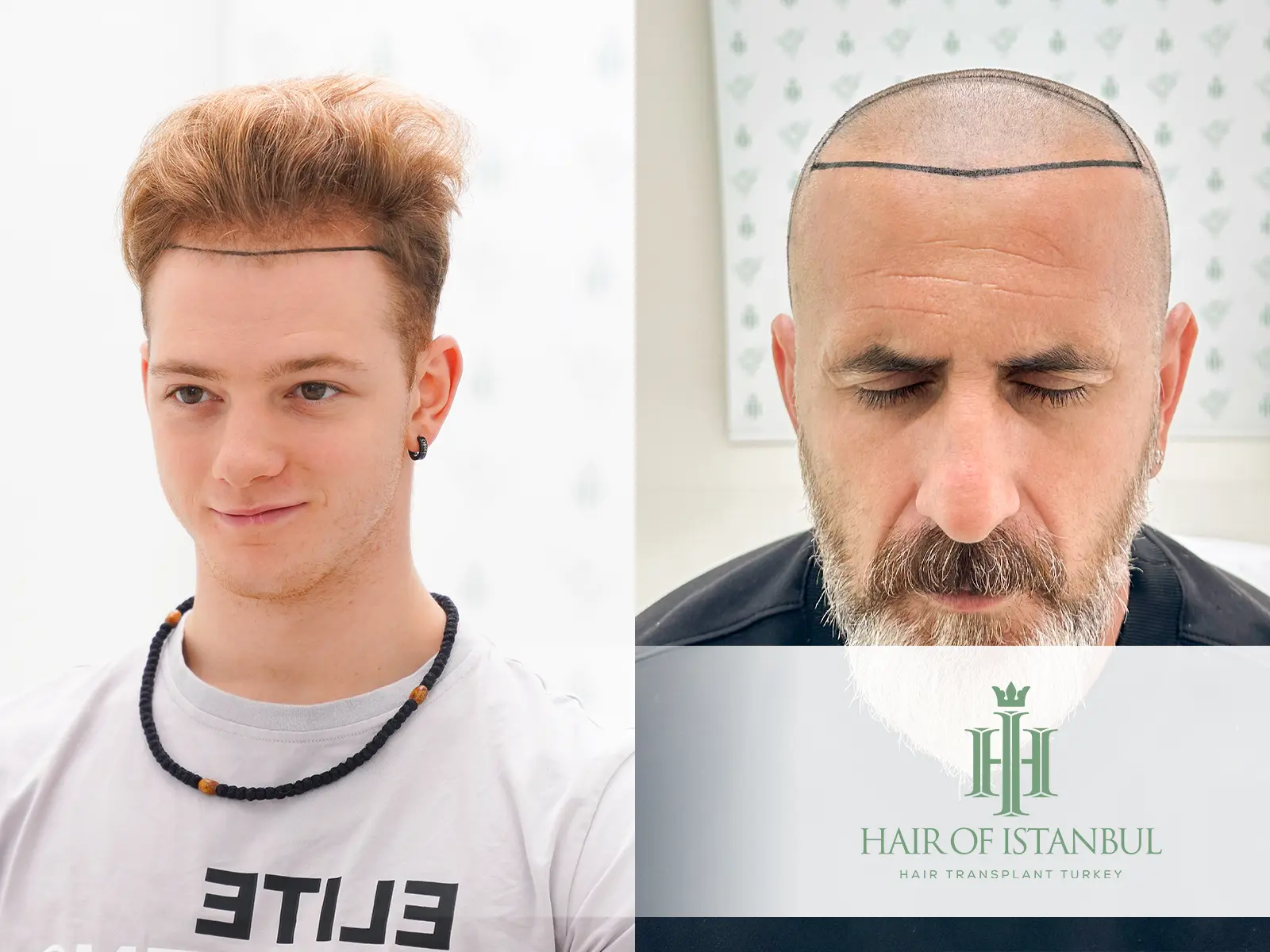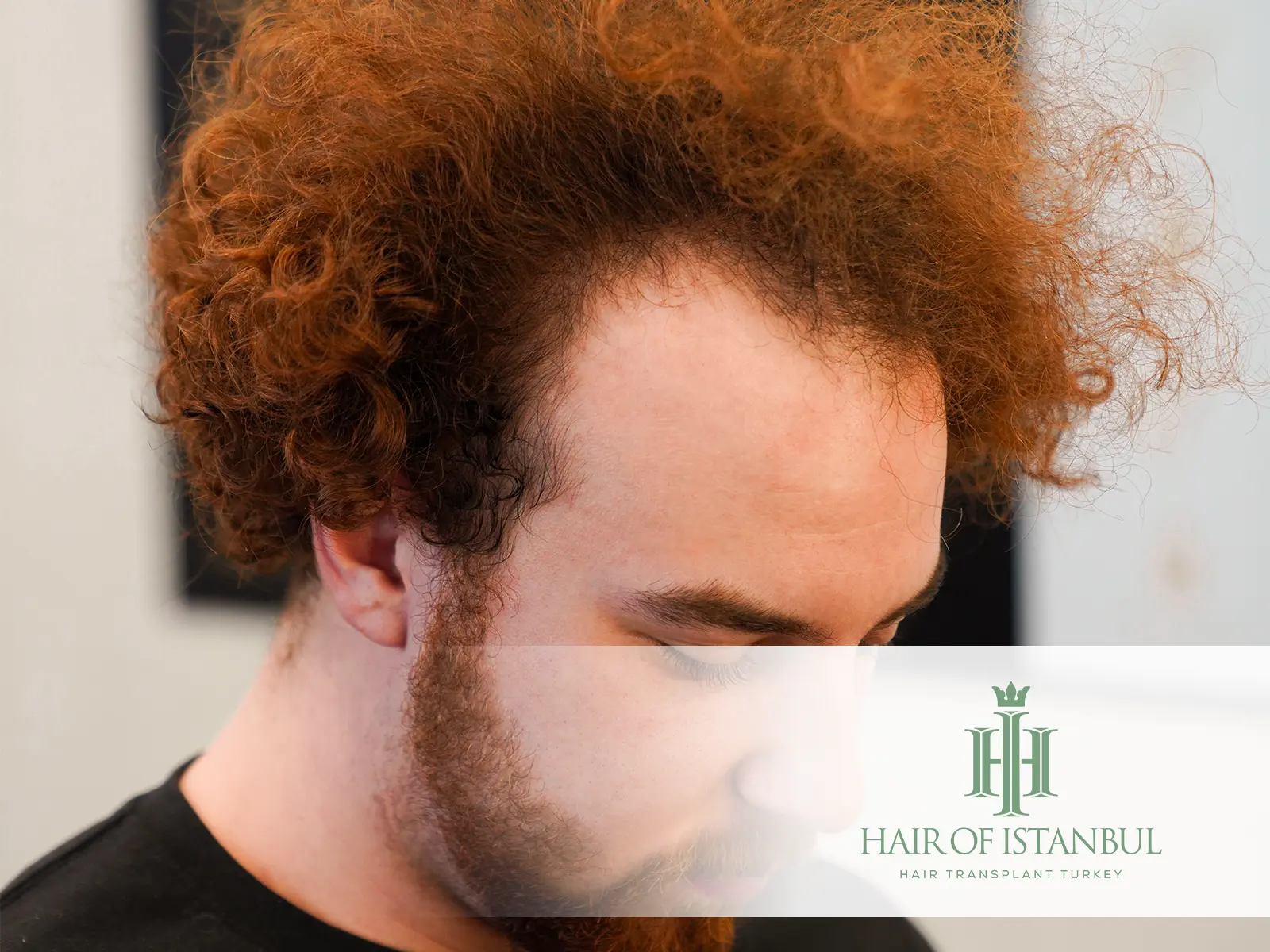Hair Transplant and Age Factor: Is There a Right Time?
Age is one of the most influential elements when it comes to hair loss and treatment decisions. While hair transplants offer permanent solutions, the age at which individuals choose to undergo the procedure can significantly affect the long-term outcome.
Understanding the relationship between hair transplant and age factor is crucial for realistic expectations and lasting satisfaction. Younger patients may experience progressive hair loss, while older individuals may have more stable patterns, influencing both planning and technique.
The Link Between Hair Loss Progression and Age
Hair loss often begins in early adulthood, especially among men. However, not all individuals lose hair at the same rate or pattern. The earlier hair loss starts, the more unpredictable it can be. For individuals in their early 20s, hair density may continue to decline even after a successful procedure.
When evaluating the hair transplant and age factor, doctors typically assess the stability of the hair loss pattern. In some cases, delaying surgery until the pattern stabilizes in the late 20s or early 30s can lead to better long-term results.
Clinics like Hair of Istanbul approach this evaluation with extreme care to ensure that transplant strategies are aligned with the patient’s biological timeline.
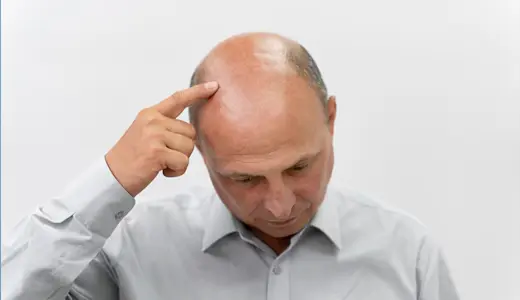
Ideal Age Range for Hair Transplant Candidates
There is no absolute age that defines the best time for a hair transplant. However, most specialists agree that candidates between 25 and 45 tend to benefit the most. This is because the hair loss pattern is usually more predictable, and the donor area remains healthy and consistent.
Younger individuals are more likely to need future procedures, while patients in their 40s or 50s might experience more permanent results. Choosing a trusted hair transplant clinic ensures that these age-related variables are considered during planning.
The connection between hair transplant and age factor becomes clearer as expectations are adapted to biological age and progression speed.
Younger Patients and Their Unique Challenges
Many people in their early 20s feel emotionally distressed by visible hair loss. However, jumping into a transplant too early can be risky. Since hair loss may continue, the results achieved at a younger age may not age well with the rest of the scalp.
In such cases, temporary or non-surgical options may be considered before committing to a permanent solution. Still, when well planned, even a young candidate can benefit from modern methods such as FUE hair transplant or DHI hair transplant, provided the expectations are carefully managed.
Professional guidance is essential when it comes to balancing the psychological needs of younger individuals with the clinical realities of hair transplant and age factor.
Older Patients: Is It Ever Too Late?
Age alone is not a limiting factor for hair transplantation. Many patients in their 50s or even 60s achieve excellent results, particularly if they are in good health and have sufficient donor hair.
The donor area in older individuals tends to be more stable, reducing the risk of future balding in untreated areas. Patients considering hair transplant surgery later in life often report high satisfaction levels, as their expectations are more mature and realistic.
That said, age-related skin elasticity and general health should be considered when evaluating the feasibility of a transplant. The relationship between hair transplant and age factor continues to be important even at advanced stages of hair loss.
Before and After Hair Transplant
Analyzing before and after hair transplant results across different age groups reveals noticeable patterns. Younger patients often show denser regrowth, while older individuals tend to have more natural and subtle coverage.
Both outcomes can be satisfying when aligned with age-appropriate planning. These comparisons also highlight the importance of strategic hair transplant and age factor evaluation before surgery.
Documented cases from clinics like Hair of Istanbul demonstrate that personalized approaches tailored to age deliver the most consistent and natural-looking results.
Bu gönderiyi Instagram’da gör
Impact of Gender and Age in Hair Restoration
The relationship between hair transplant and age factor also varies by gender. Women often experience diffuse thinning rather than distinct balding patterns, and age plays a different role in their restoration plans.
Clinics offering hair transplant for women options consider hormonal fluctuations, menopause, and overall hair density when evaluating candidacy.
In these cases, even younger women may benefit from early intervention if the cause of hair loss is clearly diagnosed and not expected to worsen significantly.
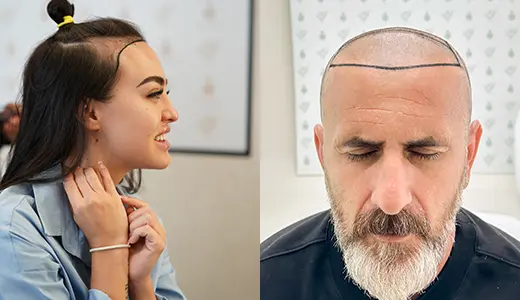
Afro Hair Transplant and Age Considerations
Age can also influence procedural planning for textured or curly hair types. Candidates seeking afro hair transplant must be evaluated not only based on hair characteristics but also their age-related hair behavior.
The shape of the follicle, scalp tension, and hair loss trajectory may change over time. Therefore, planning the procedure at the right age ensures both aesthetic consistency and technical success.
The intersection of hair transplant and age factor takes on unique dimensions in cases involving ethnic hair types, making personalized consultation even more critical.
Results and Recovery: How Age Affects Healing
Healing time and visible results may differ across age groups. Younger patients usually heal faster, but may also have more active sebaceous glands, increasing the risk of inflammation or acne after surgery.
Older patients may experience slightly slower healing, but with fewer complications. The quality of hair transplant results ultimately depends on how well-prepared the scalp is and how realistic the restoration plan was, in relation to age.
Proper aftercare, as outlined in hair transplant care after, is essential at any age for maintaining the health of newly implanted follicles.
Regional and International Considerations
Candidates choosing medical tourism options like hair transplant Turkey or hair transplant Istanbul should also consider age when planning travel and post-operative arrangements.
Older patients may require additional recovery days or accommodations. Younger individuals may need to schedule follow-up consultations to monitor progressive hair loss. Regardless of age, selecting a specialized and experienced clinic is critical.
The hair transplant and age factor should never be evaluated in isolation from lifestyle, health, and long-term expectations.
Conclusion
Understanding the balance between hair transplant and age factor is essential for achieving natural, long-lasting, and satisfying outcomes. Whether the patient is in their early 20s or late 60s, preparation, planning, and clinical expertise determine the success of the procedure.
Age shapes the pattern, pace, and permanence of hair loss. A customized approach that accounts for age-related variables ensures that each transplant is as effective as possible. With the right evaluation, guidance, and care, age becomes a consideration—not a limitation.
For expert evaluation and tailored solutions, visit Hair of Istanbul and schedule your personal consultation.


